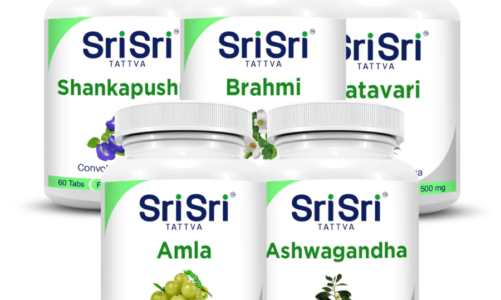Contents
Innumerable people all across the world suffer from brain disorders than interfere with physical movement and various other functioning of the body. Brain disorders may be congenital or acquired due to certain mutational or metabolic changes occurring inside the body. Irrespective of the cause, treatment, and cure of movement disorders can often be a challenge for proficient medical practitioners. Even though scores of treatments are suggested and implemented to candidates in order to reduce the signs and symptoms of the diseases, however, a complete cure is difficult. Processes like DBS or Deep Brain Stimulation surgery as well as Lesioning are some of the ancient yet advanced forms of treatments available, which may be implemented alone or along with other treatments offered.
DBS as well as Lesioning help in relieving the symptoms of various conditions like:
- Dystonia
- Parkinson’s disease
- Essential tremor
The procedures are only suggested in case the other conventional treatments fail to yield any satisfactory results. Though the motive is the same for both, there is a distinct variation in both the procedures as well as in the cost incurred. In general, Deep Brain Stimulation surgery cost may vary from $35,719 to $50,000 and may also exceed $98,967 in case of bilateral surgeries. Contrary to that, brain lesion is considered to be quite cost-effective and is thus significantly preferred over DBS in developing countries.
1. What is Lesioning?
A brain lesion is also known as ablative brain surgery, which was first discovered in the 1800s. However, it was largely implemented during the 1950s henceforth which, the procedure was ruled out in the 1980s due to its inefficacy. With advancing sciences, and the possibility of precise brain mapping brain lesioning has eventually found justified usage and is at present, serving thousands of candidates all across the world. The lesion is a damaged tissue region which may be internal or external in occurrence. Based on this, brain lesioning procedure is used to create lesions in the diseased areas of the brain, i.e., the damaged portions of the brain that causes movement disorders are artificially or surgically damaged to provide the necessary cure to the individual.
For this, specific minute incisions are created by drilling into the skull through which, electrodes or cannula (small, and thin tubes through which chemicals or necessary drugs are poured) are inserted. The diseased or affected areas in the brain are then damaged by creating lesions. Brain lesions can be achieved via three different ways, which are:
- Radio Frequency lesions
- Excitotoxic Lesions
- Sham Lesions
2. When is it used and what are the associated risks?
Lesioning is mostly used in case the affected individuals show poor candidacy for Deep Brain Stimulation surgery. Apart from that, the procedure is used to treat various movement-related disorders which may show progression even during the tenure of medication. Brain lesions may be used in case the candidate:
- Has been sustaining on levodopa for a prolonged period of time and has developed severe motor-related
- Experience persistent stiffness
- Experience recurrent tremors
- One cannot continue daily activities.
The various risk factors associated with brain lesioning are:
- Impaired cognitive functioning
- Speech impairment
- Disordered motor functioning
- Undermined vision
- Loss of senses or feeling of numbness
- Gait issues
Apart from that, in extremely rare cases, candidates may also experience hemorrhage during brain mapping.
3. DBS vs Lesioning: Which do doctors prefer
For the availing cure to diseases like dystonia, other tremors causing diseases, Parkinson’s Diseases, and other neurological disorders, both DBS and lesioning can be implemented. However, medical practitioners often prefer Deep Brain Stimulation Surgery over lesioning. This is because the former is a reversible procedure whereas the latter incurs permanent damage to the brain tissues.
DBS involves implantation of neurotransmitters which mimic pacemakers placed in the heart. In a similar fashion, neurotransmitters monitor the damaged regions of the brain and direct the functioning accordingly. The functioning of the device needs to be closely observed within regular time intervals. However, the device can be removed from the candidate in case of improper functioning or anomaly.
On the contrary, brain lesioning does permanent damage to the tissues and thus, has an irreversible effect on the brain. In this case, the complications, if arises, shall be irreparable. Complications like difficulty in swallowing food or water, as well as speech or vision impairment. The most threatening complication is cerebral hemorrhage, however, necessary precautions, as well as curative measures, are also taken.
In some candidates, lesioning is the only option available. These candidates are either not suitable for implantation of a foreign device or need imperatively need tissue destruction as a cure. The preference of either of the procedure is also based on the expense and affordability.

